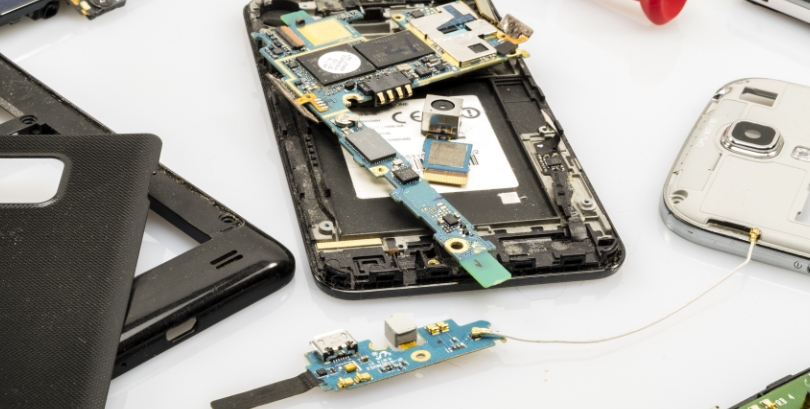The right to repair movement is gaining momentum in the United States, especially in the world of mobile phones. From cracked screens to faulty batteries, many consumers are eager to fix their own devices or seek independent help.
But what exactly does the law allow?
Explore what you can—and cannot—repair under current U.S. rules.
Whether you’re a simple buyer or own a repair shop, this is one right that you want to have.
What Is the Right to Repair
The right to repair refers to consumers’ ability to fix their own products or have them repaired by independent technicians, instead of being forced to rely on manufacturers.
In the context of smartphones, it means having access to spare parts, diagnostic tools, and repair manuals. Advocacy for this right is driven by the need for sustainability, affordability, and product longevity.
What You Can Fix on Your Mobile Phone
Thanks to growing pressure from advocacy groups and recent legislation in states like California and New York, certain smartphone repairs are now more accessible. Here are common fixes that fall under the right to repair:
- Screen replacements: Users can often replace cracked screens using OEM or third-party parts.
- Battery swaps: Many phones now come with guides or kits for safe battery replacements.
- Charging ports and speakers: These repairs are generally considered safe and accessible with the right tools.
- Software troubleshooting: Access to diagnostic tools allows users to address software bugs and performance issues.
Independent repair shops can now legally perform many of these fixes without voiding warranties, which marks a significant step forward for the right to repair movement.
What You Cannot Easily Fix
Despite progress, there are still limits to what the right to repair allows in the U.S.:
- Biometric hardware: Components like Face ID or fingerprint sensors are often locked to the original motherboard, making repairs difficult.
- Proprietary software tools: Some companies still restrict access to the software needed for certain diagnostics and repairs.
- Unauthorized part replacement: Using non-OEM parts for critical repairs can lead to functionality issues or even legal pushback.
These restrictions highlight the ongoing challenges that right to repair advocates face.
Conclusion: The Future of Right to Repair in the US
The right to repair is evolving. While some tech giants are beginning to offer self-repair kits and part sales, many still limit access to essential tools. Federal legislation is under consideration that could expand these rights nationwide, setting clearer rules for consumers and manufacturers alike.
As awareness grows, the right to repair will likely shape how we buy, maintain, and dispose of our mobile phones thereby, empowering users while reducing e-waste.
Tags:
Mobile App DesignMobile TrendsAuthor - Abhishek Pattanaik
Abhishek, as a writer, provides a fresh perspective on an array of topics. He brings his expertise in Economics coupled with a heavy research base to the writing world. He enjoys writing on topics related to sports and finance but ventures into other domains regularly. Frequently spotted at various restaurants, he is an avid consumer of new cuisines.



